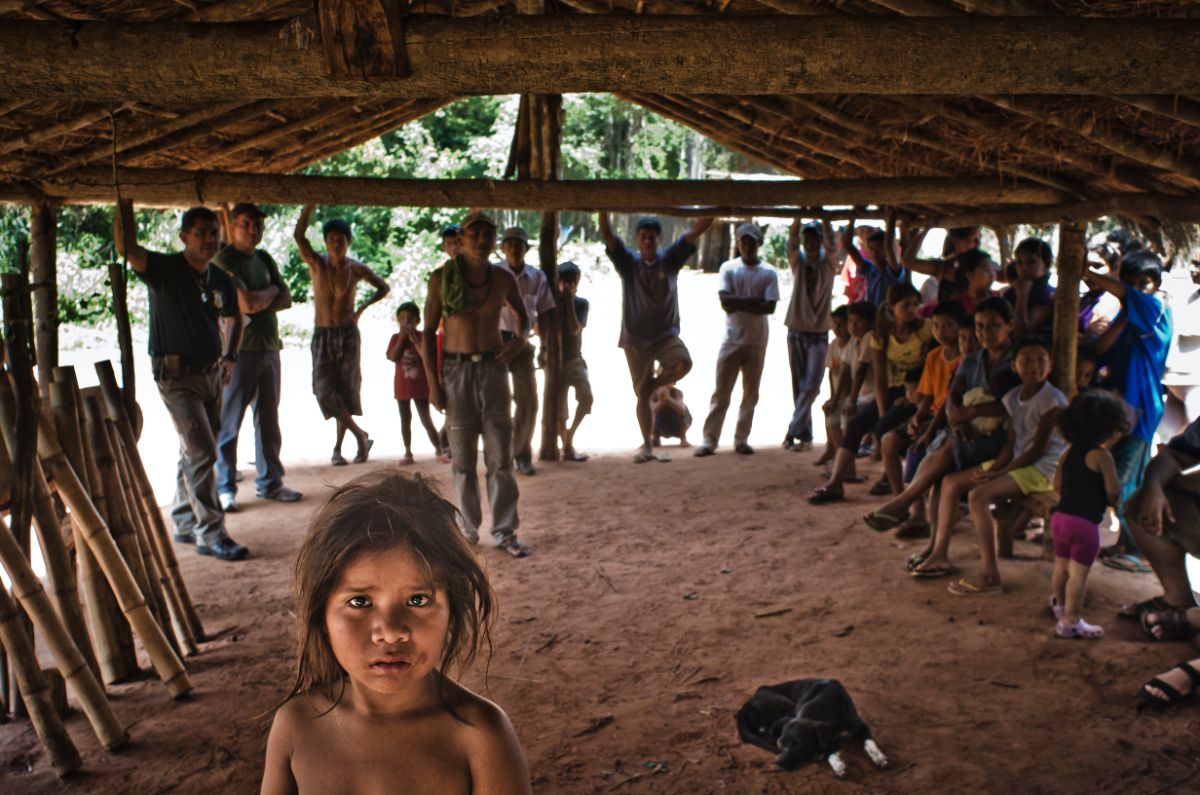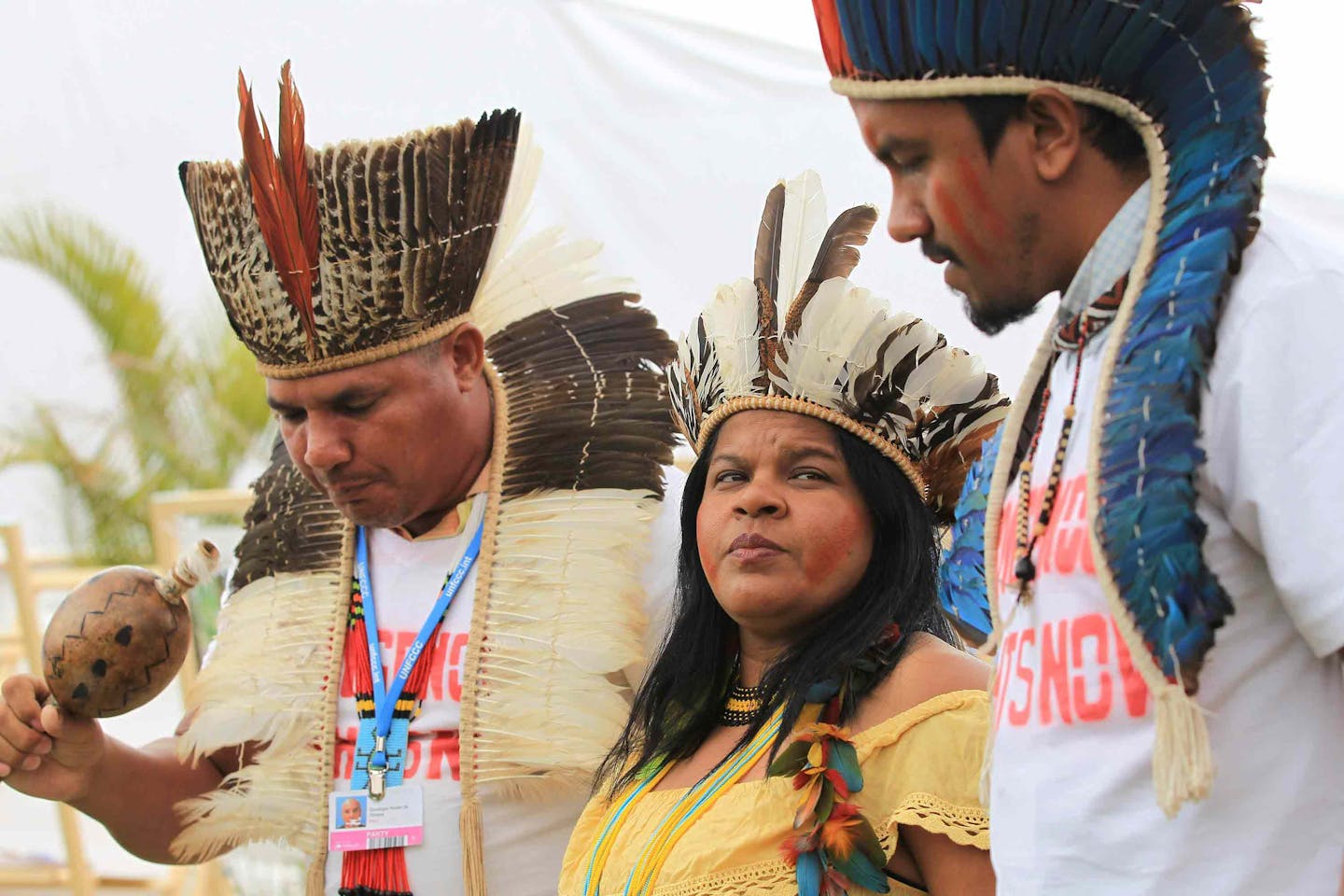To address the climate crisis, we must address inequality
For most people, the mega-hurricanes we have witnessed - along with their devastating consequences - have put an exclamation point on the urgency of climate change. But an even bigger exclamation point came in the form of a new scientific study showing how the carbon released by tropical deforestation and degradation has been underestimated.
Before the study, scientists had always viewed tropical forests as a tool for soaking up the carbon emitted from manmade sources like coal-fired power plants. But these forests and their inhabitants have been perpetually under siege, pushed aside for large-scale agriculture, mining, and hydropower developments. Today, the amount of carbon released as tropical forests are degraded and destroyed far outweighs the amount of carbon that the remaining forests absorb.
It is the land underneath these forests that is sought after - and these lands are inhabited. In the linkage between inequality and climate change, this is the one issue that underlies everything else.
For many poor and rural communities around the world, their land is their livelihood. In fact, more than half of the world’s land area - including most of the world’s tropical forests - is occupied by communities following customary or traditional systems. Yet, the 2.5 billion people in traditional rural communities have formal legal ownership of only 10 percent of the world’s land.
When traditional communities have control over their lands and legal protection from outside threats, they become the best stewards of the land and the trees that their forests contain. Previous research has shown that securing Indigenous rights works better than any other method of forest conservation - even creating vast protected areas. These communities provide a critical and cost-effective buttress against the most detrimental effects of climate change.
At least a quarter of all forest carbon storage occurs on lands managed by Indigenous peoples. When these communities’ rights are more secure, rates of deforestation are lower - and carbon storage and biodiversity are higher.
Too often throughout history, however, this land has been treated like a commodity, used to maximize profits for private enterprise - often against the interests and well-being of the Indigenous peoples who live on the land and protect its natural resources. And the legal insecurity faced by these communities makes conflicts between governments, corporations, and settlers more likely.
To think that we might address climate change by other means - without addressing the inequalities that cause it, or lifting up the communities best suited to intervene - is a grave mistake. As long as we do not protect these people or their rights, huge swaths of forest are in peril, hastening climate change and harming communities.

Guarani Kaiowa Tribe in the Amazon. Image credit: Creative Commons
That’s why the Ford Foundation is proud to partner on one such innovative solution with the government of Sweden. Together, we’ve helped create The International Forest and Land Tenure Facility, the first institution dedicated to funding Indigenous peoples’ and local communities’ work to map and secure rights to their lands and resources.
Of course, this exciting partnership - and philanthropy more broadly - will not solve these issues on its own. Amid the current leadership vacuum on these consequential issues, it has been heartening to see individuals, governments, NGOs, and corporations taking on these challenges with creativity and courage.
We can invest in Indigenous and rural communities and their forests, and in so doing address our two most pressing global challenges. We can promote justice while protecting our planet, in partnership with the people who have the most to lose. And rather than choose between sustainability and equality, we can, must, and will find a way to do both. The future of our planet - and all our livelihoods - depends on it.


